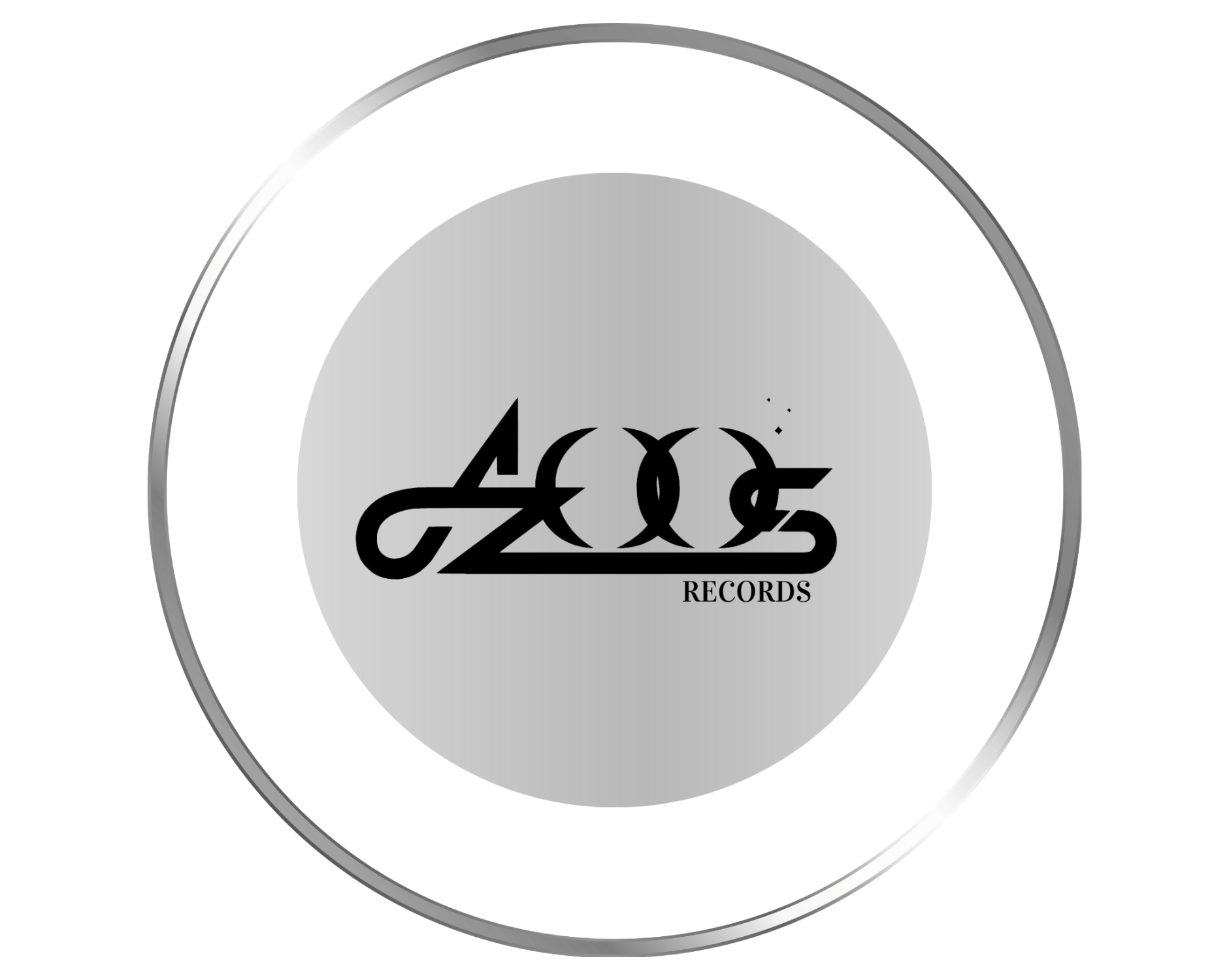
Wrong assumptions based on similar traits, such as flushed skin after drinking, have led to misinformation about the true causes of the condition. In less severe cases, medication may be effective in treating rhinophyma. Topical and oral antibiotics reduce inflammation and redness, and other topical medications minimize inflammation. Some people also take oral capsules that stop skin glands from producing oil. Sunshine Behavioral Health strives to help people who are facing substance abuse, addiction, mental health disorders, or a combination of these conditions.
So, What Exactly Is Alcoholic Nose?

If having a red face leaves you feeling embarrassed, it’s important to keep in mind that people who never drink get rosacea. After surveying people with rosacea, the NRS reports that nearly two-thirds of them say they “have avoided situations because they felt uncomfortable or embarrassed” when they had a red face. Too often, people mistakenly believe that anyone who has a red face drinks too much, according to the National Rosacea Society (NRS). This misperception may cause people who have rosacea to worry that others will think they have a drinking problem. If you want to diminish a noticeable scar, know these 10 things before having laser treatment. Feeling so self-conscious about the appearance of a nose with rhinophyma can become a great source of anxiety for some people.
Treatment for Rhinophyma
- Patients receiving treatment universally report both cosmetic and functional improvements post-operation.
- Multiple surgeries may be required to achieve the desired results, especially in severe cases.
- If these medications don’t work, a plastic surgeon can use different surgery techniques to change the shape of your nose and improve your breathing.
- Therefore, a common cause of rhinophyma is having long-term rosacea.
Rosacea is frequently misdiagnosed as acne or other similar skin conditions. It can affect anyone but is most common among middle-aged women with lighter complexions. The National Rosacea Society Expert Committee updated its guidelines in 2017 on the standard classification and pathophysiology of rosacea. There is a misconception that being an alcoholic will cause you to form a bulbous and red nose. That nose, sometimes called “drinker’s nose” or “alcohol nose” is actually known as rhinophyma, a side effect of rosacea. Alcohol addiction and alcohol abuse do not directly cause rhinophyma.
- Rhinophyma is a skin disorder characterized by a large, red, bumpy or bulbous nose.
- You may have a reddish color to your skin, spidery red or purple veins across your nose, and a swollen nose that does not improve over time.
- It is essential to fully understand the patient’s concerns and consider the emotional impact of the condition on the patient.
- With centers all around Oregon, Serenity Lane makes your physical and mental health our No. 1 priority.
Why Do Alcoholics Get Red Noses?

The longer rhinophyma goes without treatment, the more likely the condition will become permanent. When blood vessels burst, it makes the blood visible under the surface of the skin, leading to skin redness. In more severe cases, the nose and cheeks can take on a purple hue and start to become severely disfigured as they become more bulbous. Later, the nasal skin grows and the tip of the nose becomes larger. It is benign initially, but it may block airways and increase the risk of skin cancer. Over time, the number of sebaceous glands and the changes in connective tissue increase, which can result in progressive deformity.
Causes Of Rhinophyma Or Alcoholic Nose

Classic appearance of rhinophyma with a bulbous, cosmetic nasal deformity causing distortion of the aesthetic subunits of the lower nose. Alar thickening can eventually lead to obstruction of the external nasal valves. Rhinophyma alcoholic nose may respond well to topical treatments, such as metronidazole and isotretinoin, in the early stages though. Another option is isotretinoin, a drug that shrinks the sebaceous glands, limiting how much oil they make.
- Those who struggle with rhinophyma might feel awkward seeking medical treatment and worry about others incorrectly labeling them as alcoholics or assuming they have a drinking problem.
- Retrospective studies and case series for laser therapy, scalpel excision, and the subunit method were included (Figure 1).
- Excess skin from the “tissue expanded effect” of chronic phymatous growth is removed.
- While alcohol is not the cause of rhinophyma or rosacea, alcohol can have an impact on both.
- Experts theorize that androgenic hormones found in males may trigger rhinophyma.
Common complications of surgical treatments include scarring and prolonged healing time. Inadvertently deep excisions complicate wound healing as the underlying adnexal structures are necessary for re-epithelialization.[19] Care should be taken not to perforate the nasal cartilages when using any excision technique. Short-term results of surgical treatment of rhinophyma provide patients with an improved cosmetic appearance.
Is Severity of Red Nose Linked to Alcohol Intake?
Restoration of nasal tip definition, structural support, and external valve function is achieved by placement of interdomal sutures or alar batten grafts as needed. If there is instability of the flap, such as evidence of cobblestoning or pitting, the entire subunit is replaced with full-thickness skin grafts. Therefore, a common cause of rhinophyma is having long-term rosacea. For people who develop rhinophyma, their face skin thickens, especially around the nose. Rhinophyma — also sometimes referred to as “alcoholic nose” — is a physical condition that many people assume is caused by alcohol use disorder (alcoholism). For many years, it was assumed that rhinophyma (a misshapen, red, bulbous nose skin condition) was the result of alcoholism.
Side Effects Of Alcohol Abuse In People With Rhinophyma

Surgical treatments


